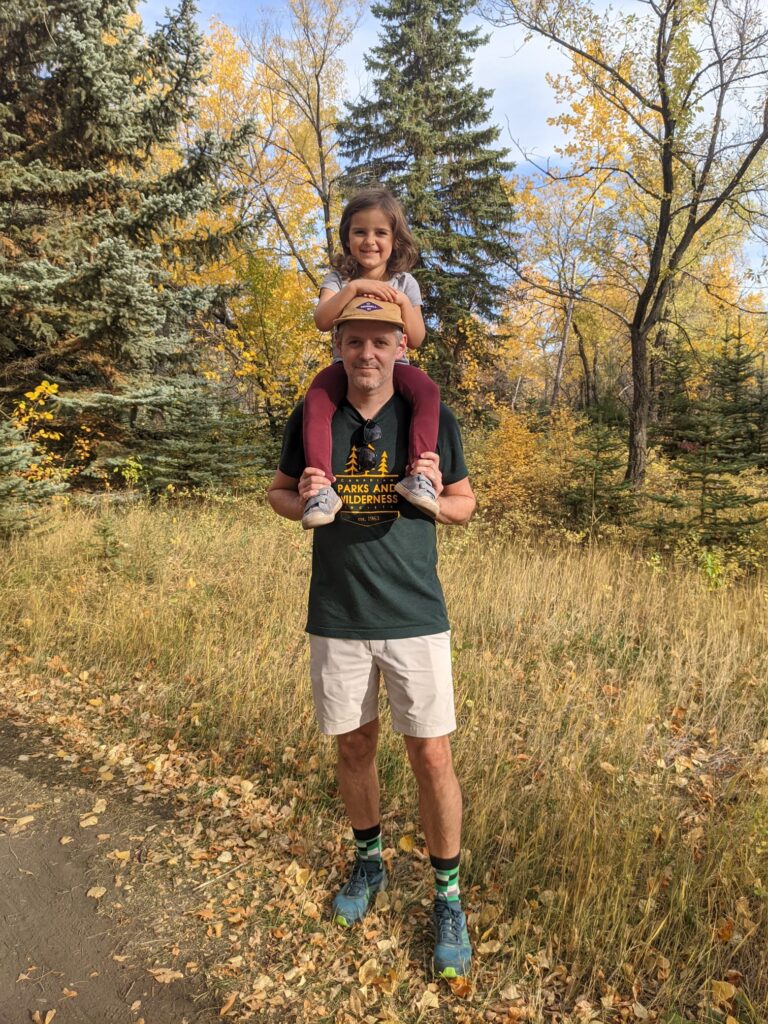In 1969, approximately 50 bison from Elk Island National Park were released in the Thunder Hills, north of Prince Albert National Park, by the provincial government.
The newly released bison dispersed and a small number of them relocated into the south west corner of Prince Albert National Park to establish today’s Sturgeon River population. The population grew steadily, and in 2006 reached 400 animals. Since then, predation, over-harvesting, and disease have brought the numbers down to a quarter of what they once were.
There are still wild bison on the prairies—but for how long?
The Sturgeon River Plains Bison are the last wild Saskatchewan herd in their traditional habitat range… and a herd that is hurtling rapidly towards extirpation.
CPAWS Saskatchewan has been involved in the sustainable management of the Sturgeon River Plains Bison since 2005, when the herd numbered about 500 animals. Since then, over-hunting and an anthrax outbreak in 2008 have seen that number drop to about 100 today.
The herd, found in the area surrounding the Southwest corner of Prince Albert National Park in Saskatchewan, is among the very few completely wild and free-ranging herds of Plains bison roaming in their historic range.
A recent study out of the University of Laval suggests that at the current rate of unsustainable harvest, the herd will dwindle to nothing inside of 10 years.
While much focus has been placed on communicating with the local hunters and reversing the downward population trend via the Mistawasis Indigneous Guardians program and the Sturgeon River Plains Bison Stewards (a local rancher organization), the Federal Government has yet to officially declare Plains bison as “threatened” under the Species at Risk Act (SARA)—despite the Committee on the Status of Endangered Wildlife in Canada’s (COSEWIC) recommendation to do so in 2004 and again in 2013.
Read more: First Nation receives federal funding to help bison from Prince Albert National Park
Take Action
Protect The Bison
Threats to the Herd
Today, herd numbers are estimated to be around 100 animals. An anthrax outbreak in 2008 reduced the population by 20-25% and the numbers continue to decline due to disease, wolf predation, and harvesting by humans when bison leave the park.

Parasites & Disease
A 2008 anthrax outbreak reduced the herd from around 500 individuals to less than 100.



Wolf Predation
Natural predation is necessary to control the population of a healthy herd, but with a herd whose numbers are dwindling, every individual bison counts.



Human Harvesting
A traditional food source for many Indigenous Peoples, it has been centuries since the bison roamed in populations large enough to support the nomadic Plains Cree. Today, overhunting and unsustainable harvesting is a threat that CPAWS is working to correct through education and careful monitoring.
Saving Our Bison
What CPAWS is Doing?
CPAWS SK has been actively campaigning to see Plains bison listed as Threatened under the Federal Species at Risk Act (SARA). The Committee on the Status of Endangered Wildlife in Canada (COSEWIC – the scientific body that assesses and recommends listings for SARA) has been recommending this listing since 2004, reconfirming this recommendation again in 2013.
CPAWS SK has also been involved in the Buffalo Treaty. While largely an idea born out of the goals of the Blackfoot people to establish new bison populations in southern Alberta and northern Montana, this Nation-to-Nation treaty provides an opportunity for First Nations across North America’s historic bison range to take leadership in bison conservation and rebuild traditional relationships. First Nations associated with the Sturgeon River herd have decided to sign the treaty in the fall of 2019, and have great hope that this can help support a collaborative effort to save the Sturgeon River bison herd. Through CPAWS’ involvement with the Treaty, we have been working with the First Nations elders and leaders, many of which are also very concerned about the effect of the bison harvest on the Sturgeon River population, and to address how to reconcile bison survival with traditional hunting practices of First Nations people in Saskatchewan.
Plans to help the Bison
In 2013 Parks Canada, the Ministry of Environment (Government of Saskatchewan) and the Bison Stewards (and in partnership with local Indigenous communities, municipalities, CPAWS and other wildlife NGO’s), put together the Sturgeon River Plains Bison Management Plan.
This plan made significant headway within Prince Albert National Park to sustainably manage the herd. With the herd now more widespread, including on land outside of the park, innovative thinking has been crucial to the management and stewardship techniques put into effect for the herd: especially when much of this important work has been curtailed by a scarcity of resources.
While the plan was never fully implemented for lack of funding, it remains fully applicable to the herd’s current situation—even as the predicament of the Plains bison grows ever more dire.
Donating to CPAWS Saskatchewan above will allow us to continue to engage and find ways to promote the health of the herd.
In absence of this plan, CPAWS Saskatchewan has found another way to help the herd by taking direct, on-the-ground action.
Utilizing valuable research undertaken by the University of Laval (QC) that has identified significant risk of the extirpation of this herd, CPAWS Saskatchewan and Mistawasis Nêhiyawak have successfully applied for conservation funding through the federal Indigenous Guardians program.
Together, Mistawasis and CPAWS Saskatchewan are leading urgent on-the-ground stewardship to directly address the critical threats to the longevity of the Sturgeon River Plains Bison Herd. Coordinated management and partnership will be an integral part of ensuring this herd has all the opportunities for a long and healthy existence.
In the words of CPAWS Saskatchewan executive director Gord Vaadeland, “The Sturgeon River bison herd is unique in the sense it still has … this traditional historic relationship with Indigenous people. That’s something that doesn’t exist in other (plains) bison populations.”




